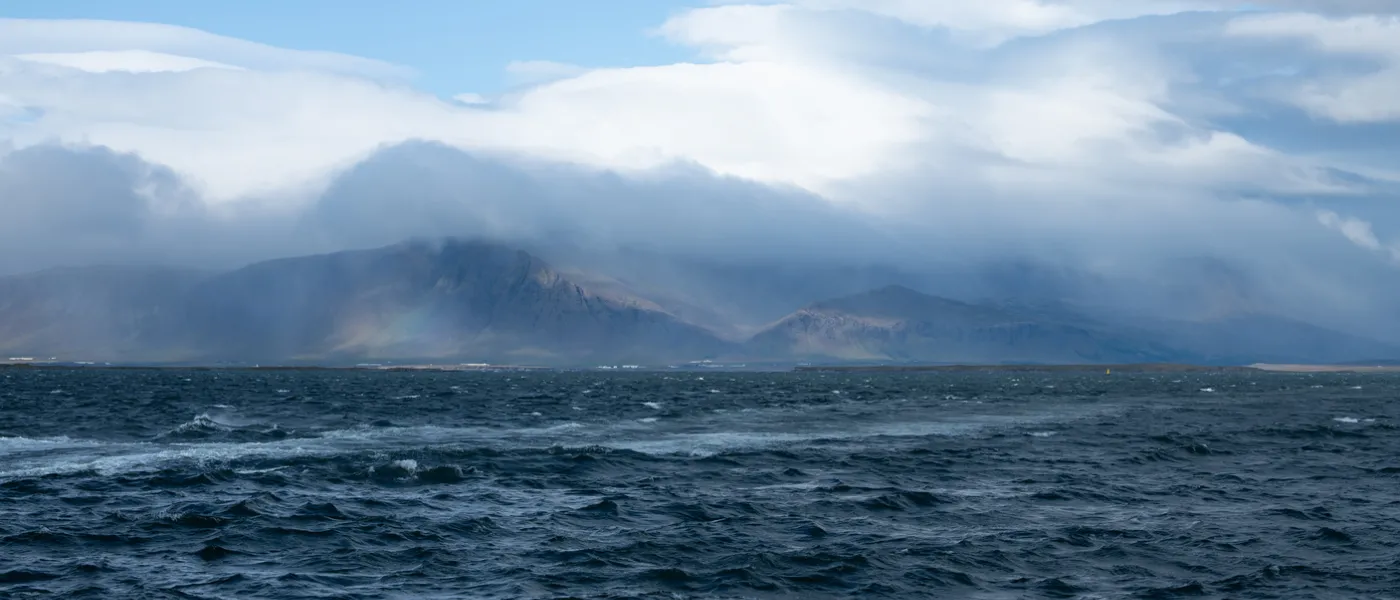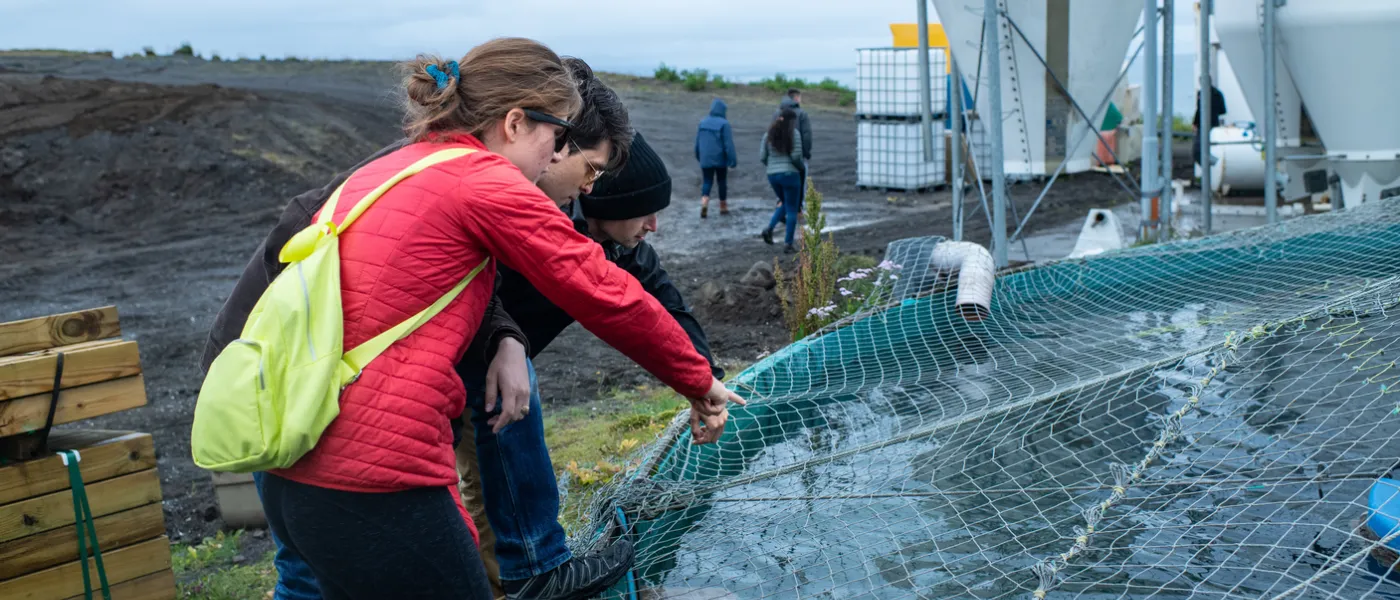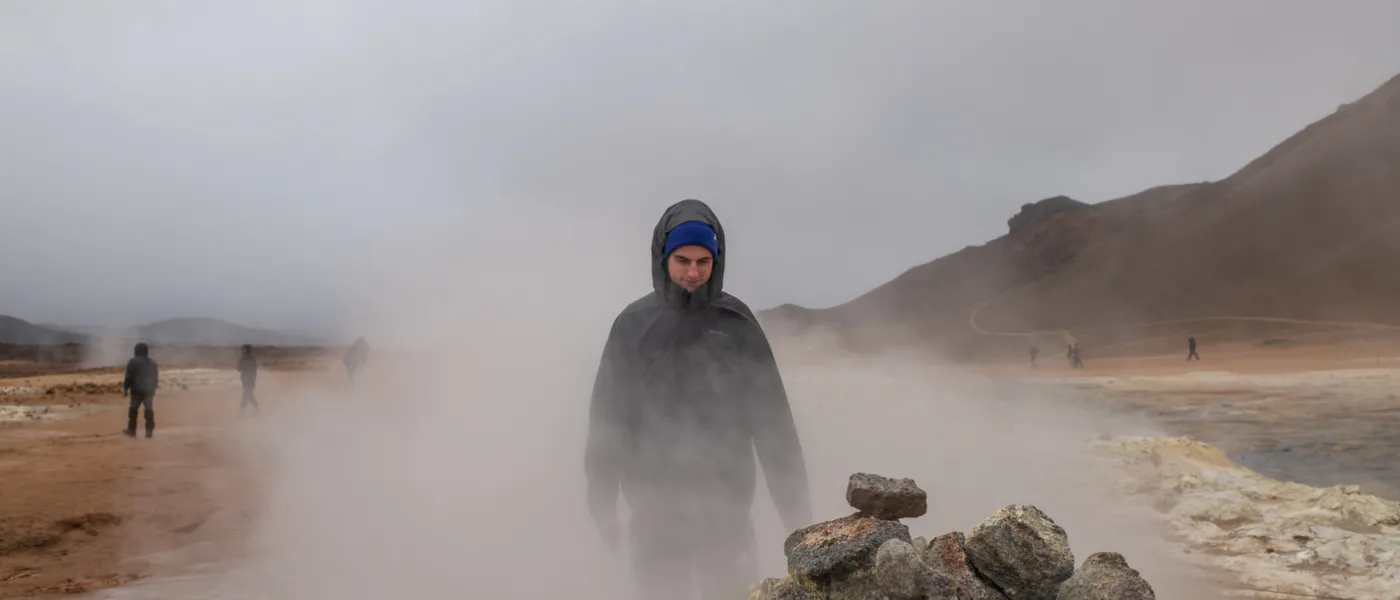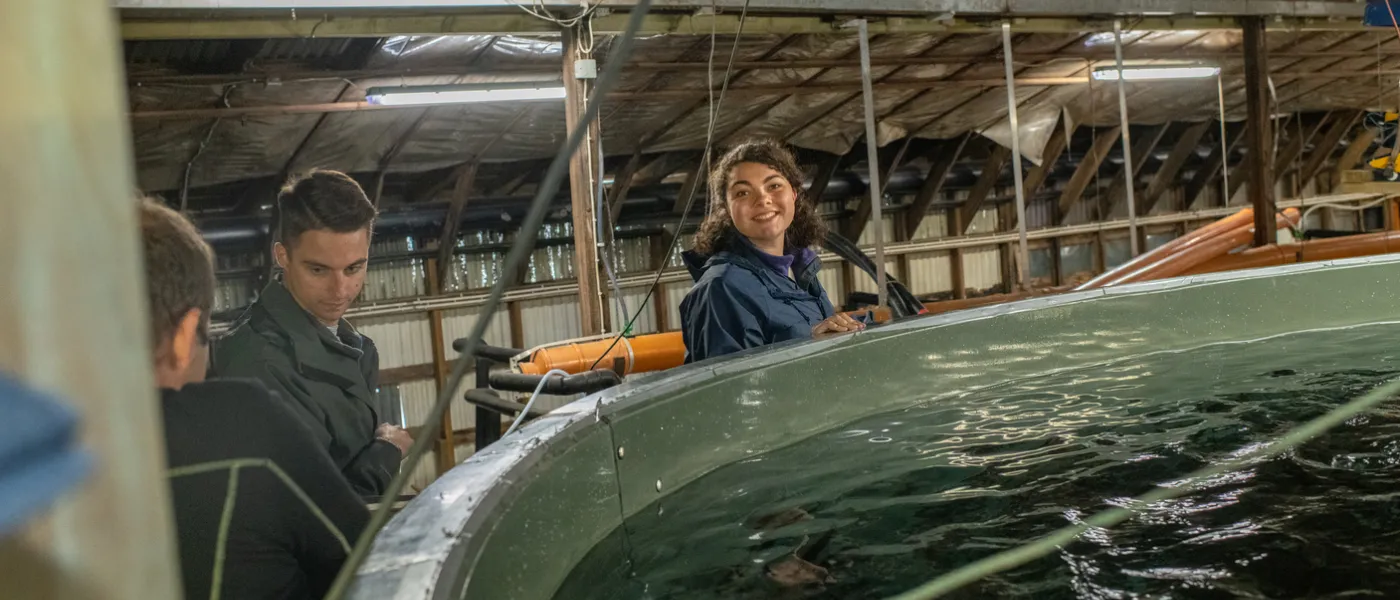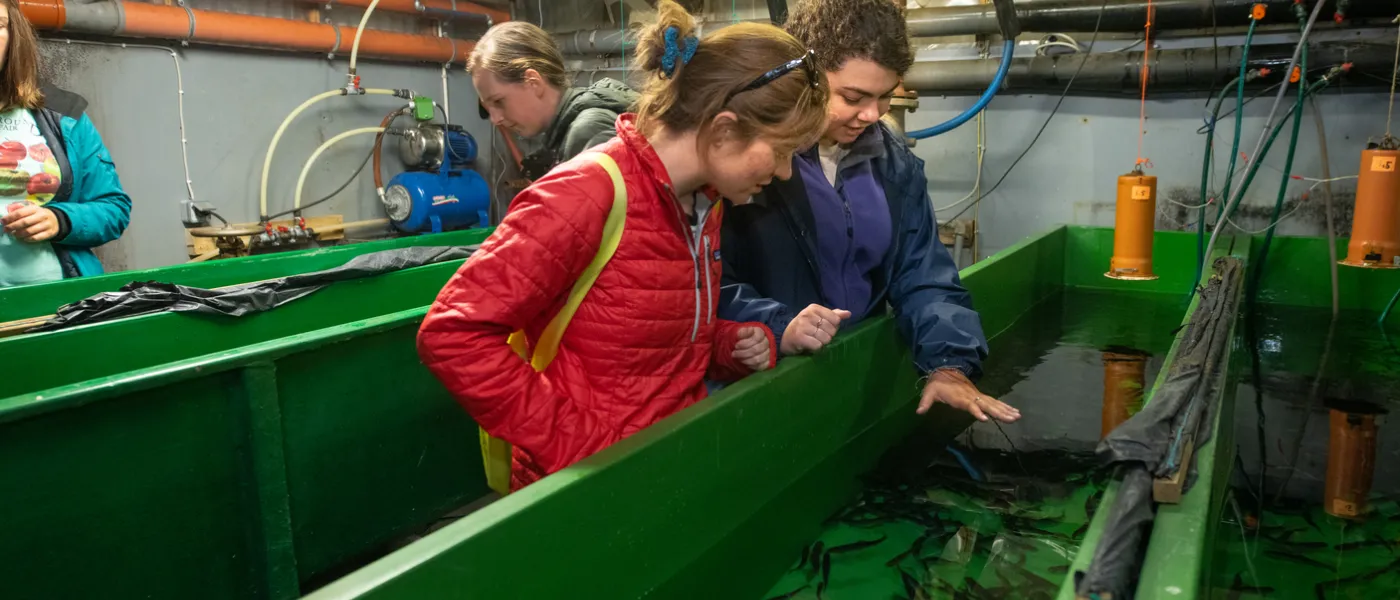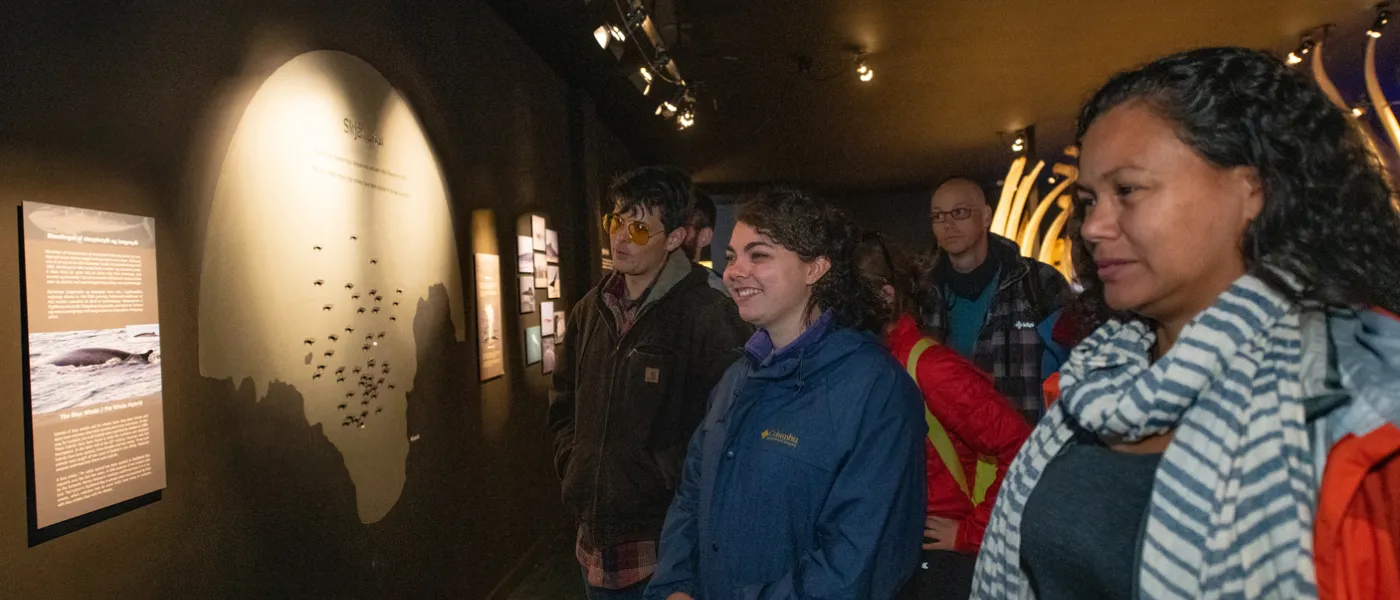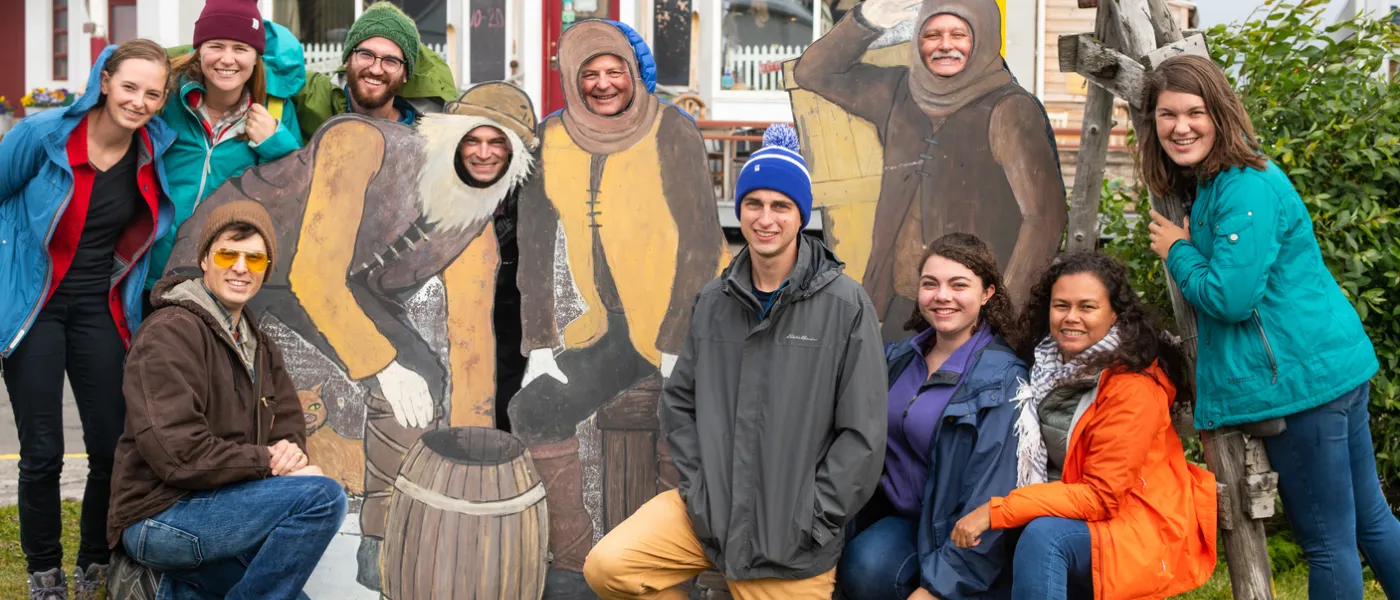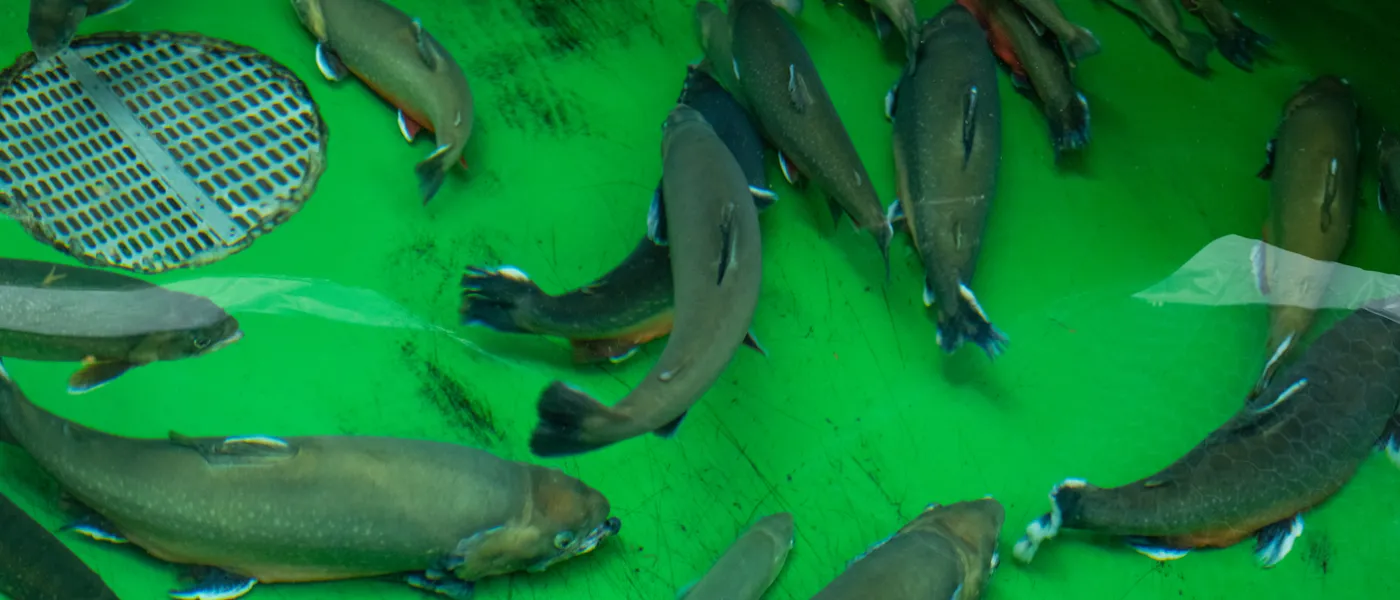Going out to see some salmon net pens
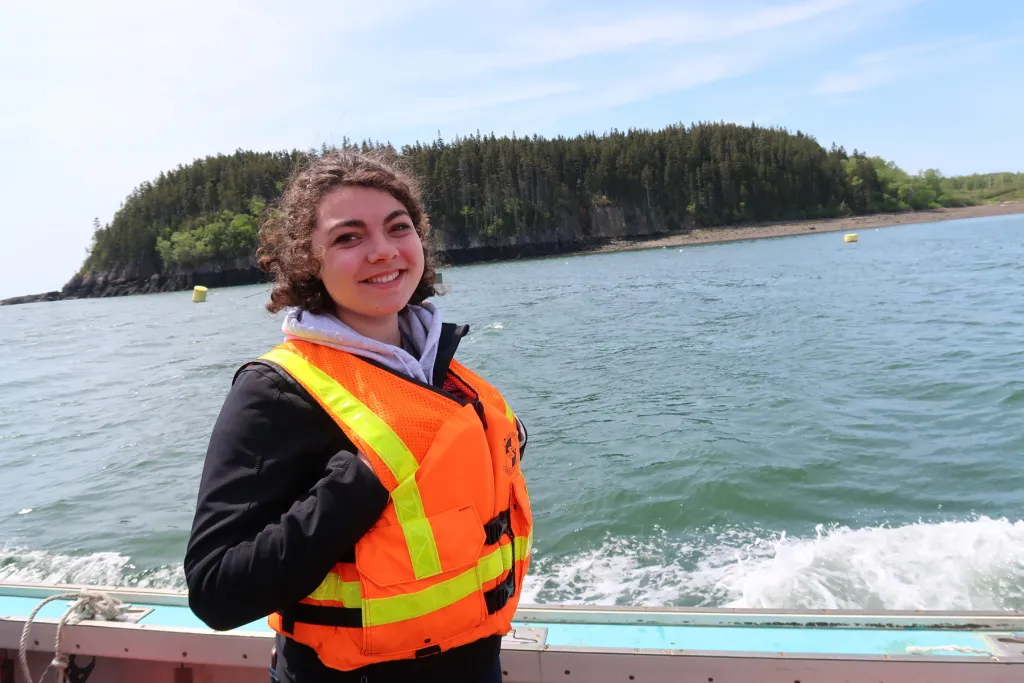
Hello, I’m Noëlle Wisneski, a Professional Science Master’s student in the new Ocean Food Systems program! I will be taking you through the beginning of our journey in this program. We started out by spending two weeks in Downeast Maine. We had only met each other a few days prior, but we had already become a close group. During our two weeks, we learned a lot about Maine’s fisheries and aquaculture through lectures and field trips. We had amazing lecturers during our time in Maine, including two Icelandic professors, a specialist on seaweeds, and people from a salmon hatchery.
Zach and Julie observing a crab from a trap
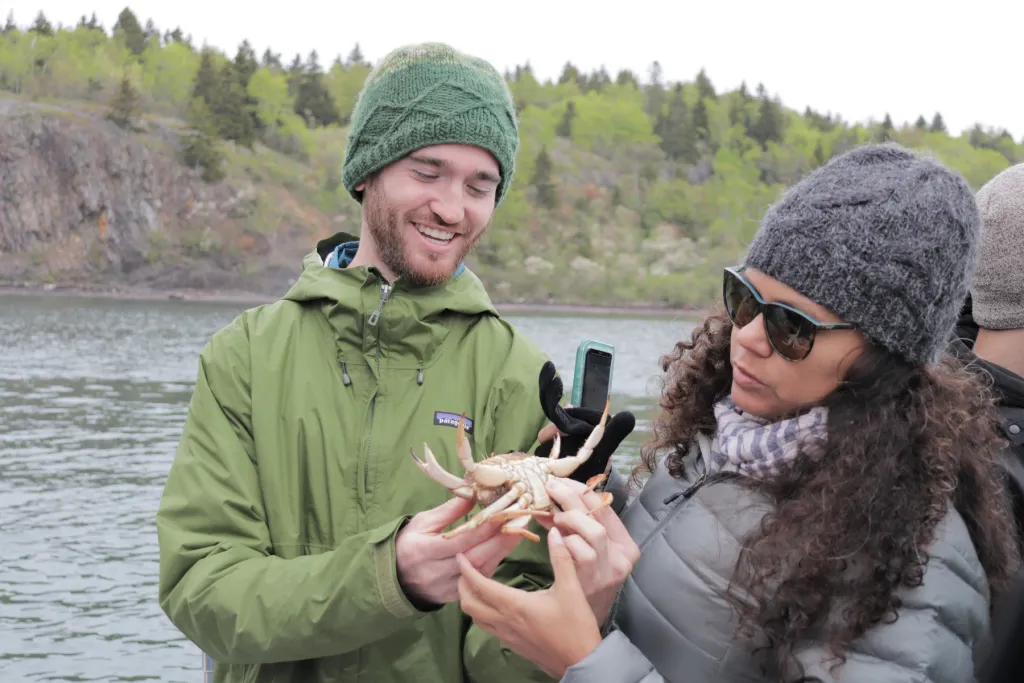
We explored various places in Down East Maine—from fish ladders, which were being used by alewives, to a hatchery used for wild salmon restoration. Our cohort had the opportunity to go out on a boat and explore Eastport. One of the young men on the boat had some lobster traps and pulled them up to let us see if he had caught anything. There were a few crabs but also one lobster! This was exciting for Julie, one of our students from Belize, who had never seen an American lobster before!
Exploring Eastport!
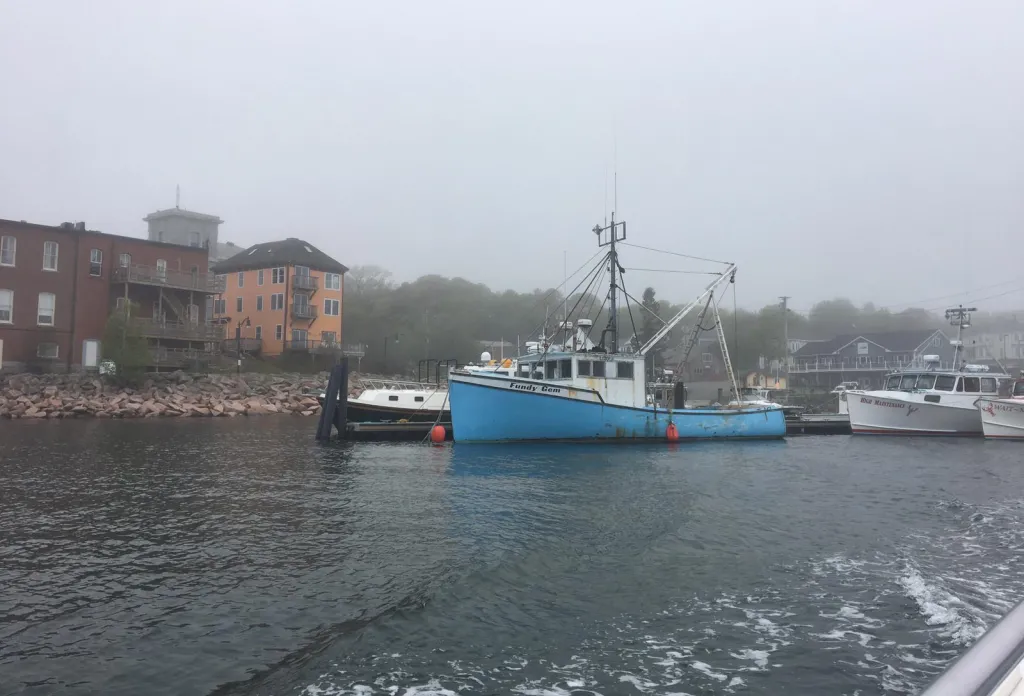
It was pretty cold and dreary in Eastport, but after an hour on the water, the sun came out. While on the boat in Eastport, we learned about the lobster industry there and the conflicts between Maine and Canadian lobstermen who share these waters. Afterwards, we had a nice lunch outside and then had a talk all about the lobster industry, from catching to processing. We also had the opportunity to visit the Downeast Institute and learn about its efforts in aquaculture and its shellfish hatcheries.
Learning all about petroglypha
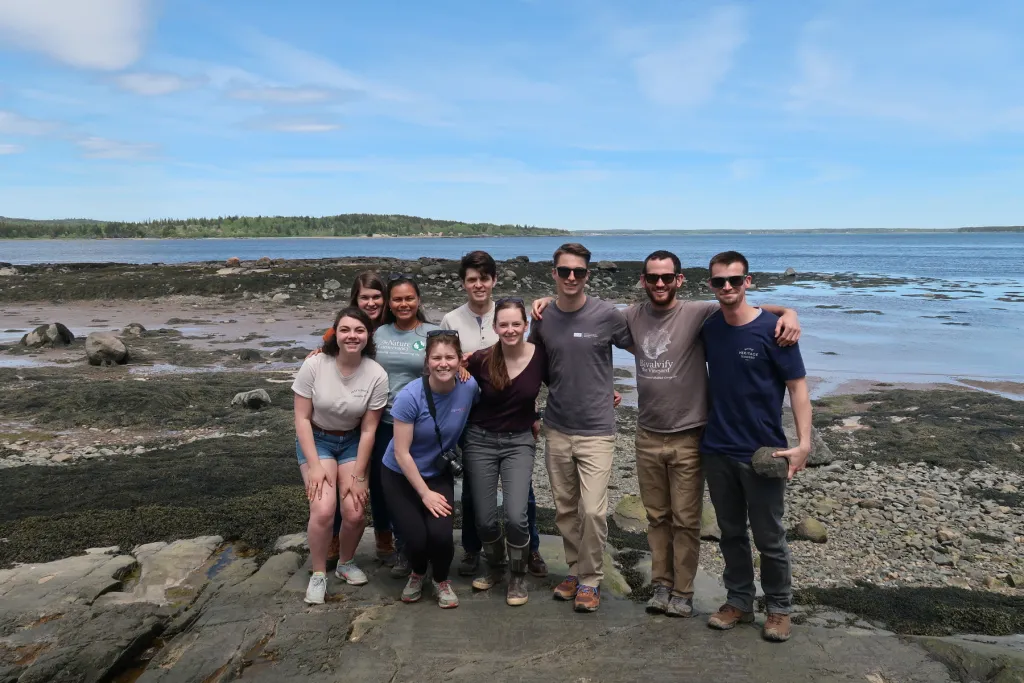
While we were in Maine, we had the honor of meeting members of the Passamaquoddy nation and learning about their culture and history. We got to see some petroglyphs, historic rock carvings, and were told the stories and meanings they represented. We had a lot of fun trying to find them ourselves and learning about the stories they told. Later Professor Arthur Anderson [assistant lecturer in UNE’s Department of Society, Culture and Languages] and Professor Gabe Hrynick, from the University of New Brunswick, took us to explore some middens.
Dettifoss — one of many Iceland waterfalls
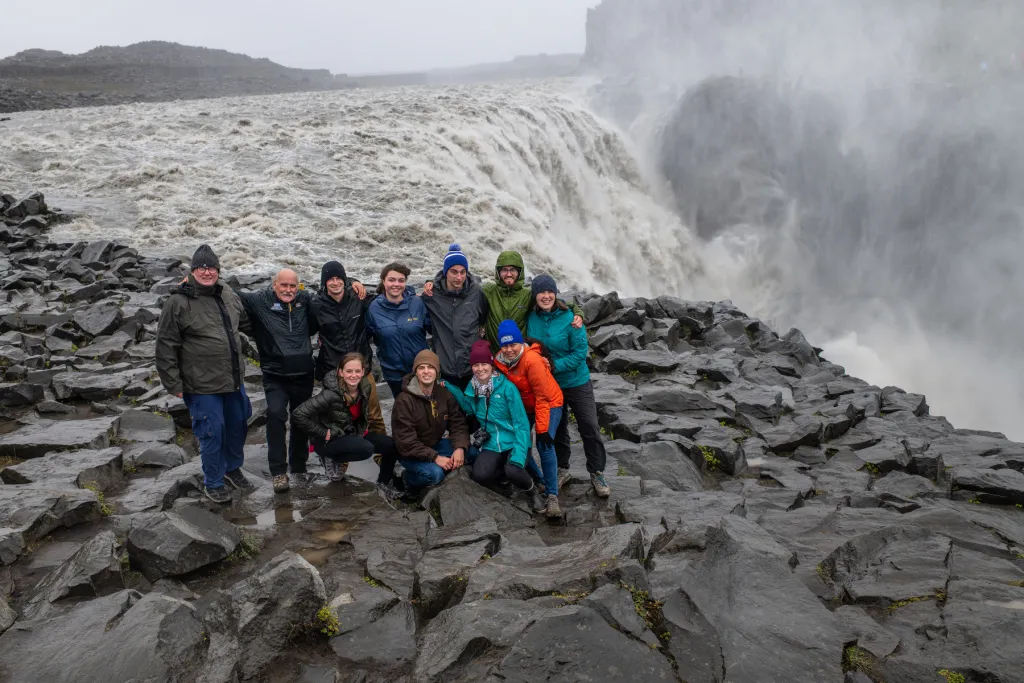
A little over a month after our two weeks in Maine, we all traveled to Iceland for two more weeks! During our time in Iceland, we stayed in Hólar and learned all about Iceland’s fisheries, aquaculture, and culture. Of course, being in Iceland, we had to see all the natural wonders we could! We got to stand near the rushing waters of Dettifoss waterfall and explore the beautiful landscape of Ásbyrgi, a canyon in Vatnajökull National Park.
Having fun in Siglufjöòur
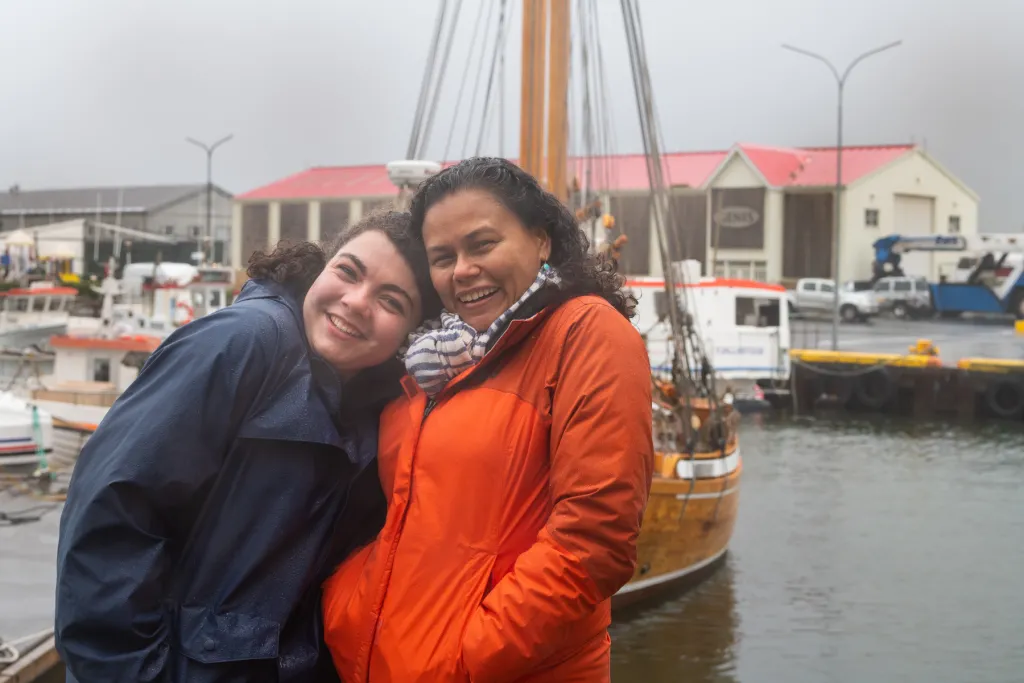
We went to a lot of towns that were important to Iceland’s fisheries. In Siglufjörður, we got to learn about new innovative products such as Benecta, a product that uses the chiton from shrimp shells as a food supplement. While in Siglufjörður, we had the chance to explore a commercial fishing boat, one of the newest in the fleets. In Húsavík and Hólar we saw two types of Arctic char hatcheries. Even though both places were aquaculture facilities, it was interesting to see the differences between the two and compare them.
Swimming in the fjords (brrr...)

While lectures provide a lot of information, we had the opportunity to take field trips and go to different places and explore their roles in Iceland’s fisheries and aquaculture. We visited one of the most renowned places in Iceland that makes bacalao, dried and salted cod. Iceland has many unique seafoods, such as fermented shark, which are a must-try when visiting Iceland. Although it is not fish, we all agreed that Icelandic lamb was one of our favorite meals.
Visiting Saeplast and learning about them
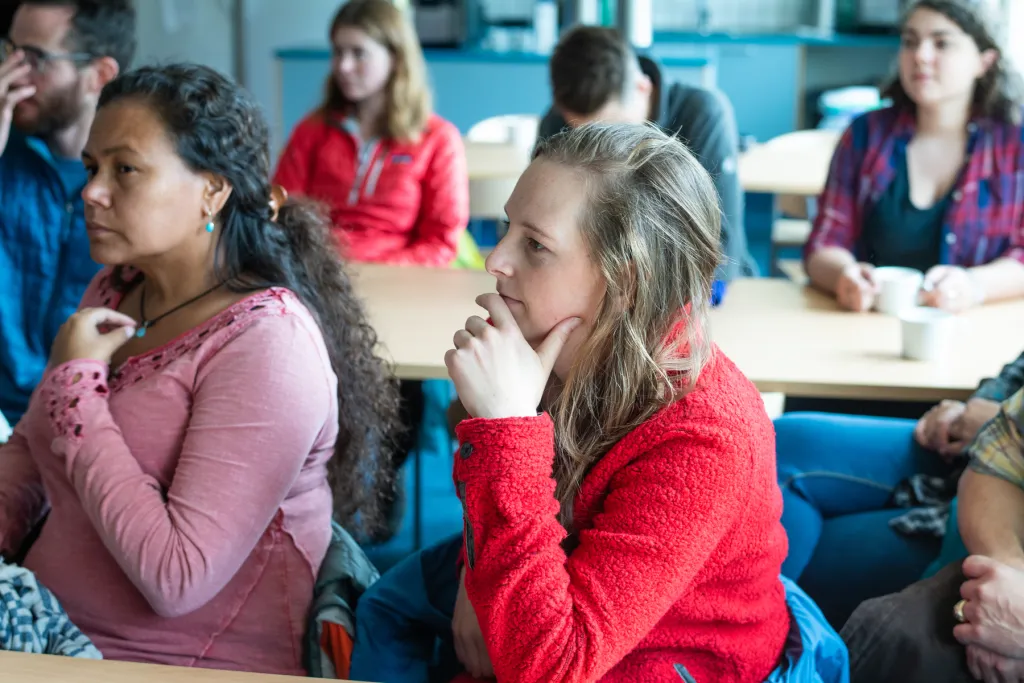
There are many other players in our ocean food systems that we don’t typically talk about or visit. One of these players is the company Sæplast, which provides quality bins for fishermen to place and ship their product in. It provides unique programs to all types of fishermen and aquaculturists. We also got to tour Laxá, a fish feed company in Iceland that primarily uses fish meal and fish oil and ships worldwide. All of the fish that it uses in its feed is from bycatch. It was a great experience to visit these facilities and learn about their roles.
Bonus Photos: New England
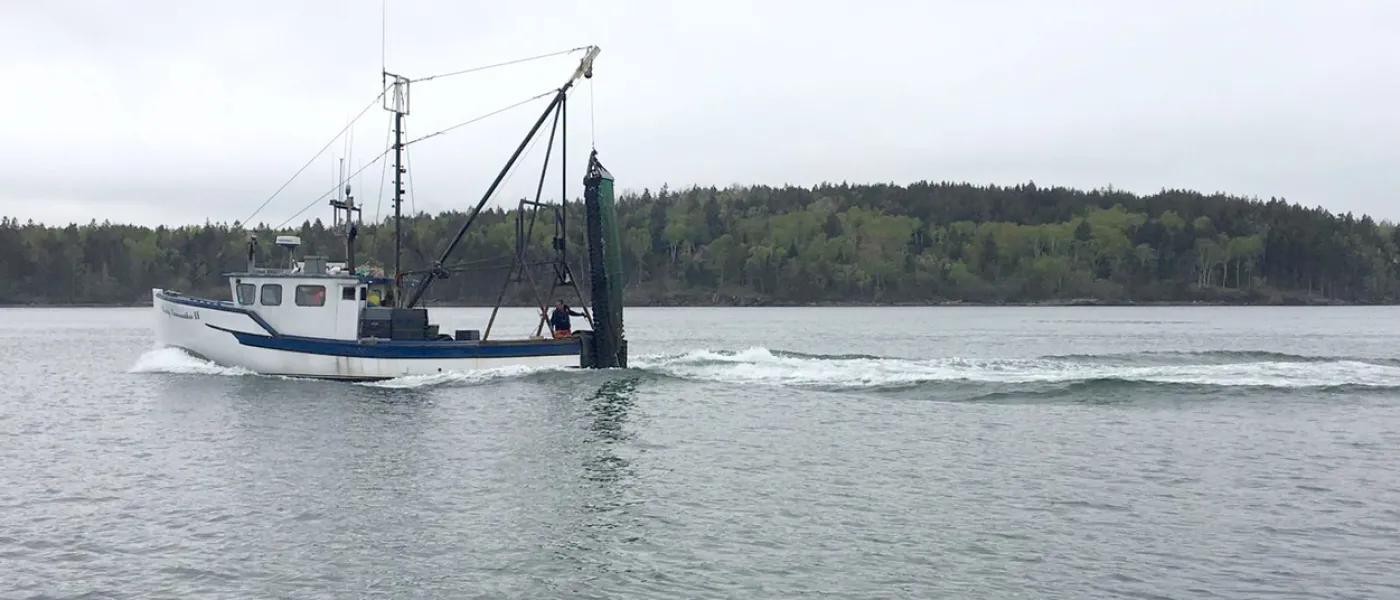
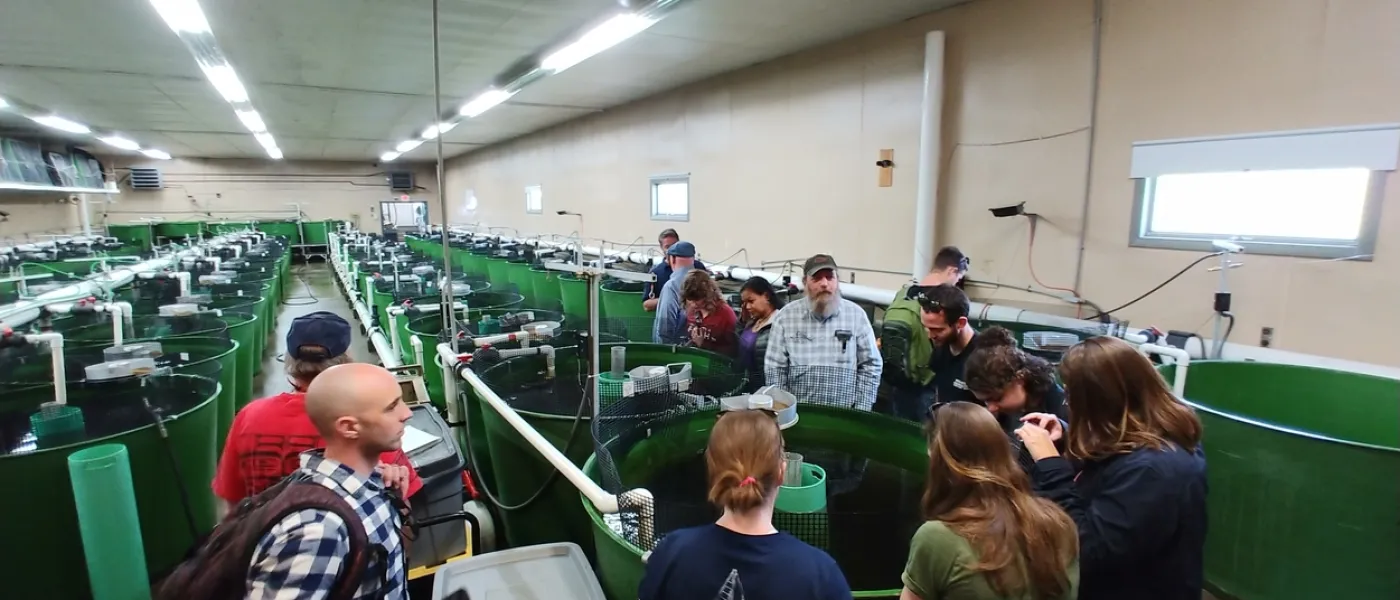
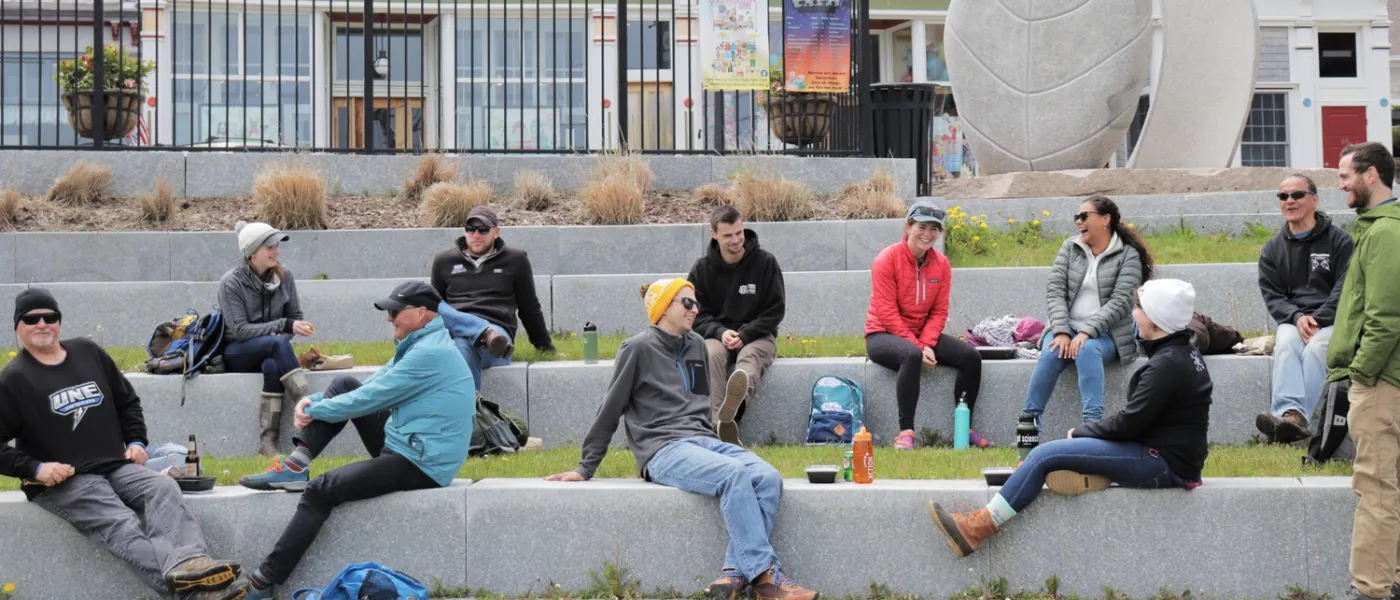
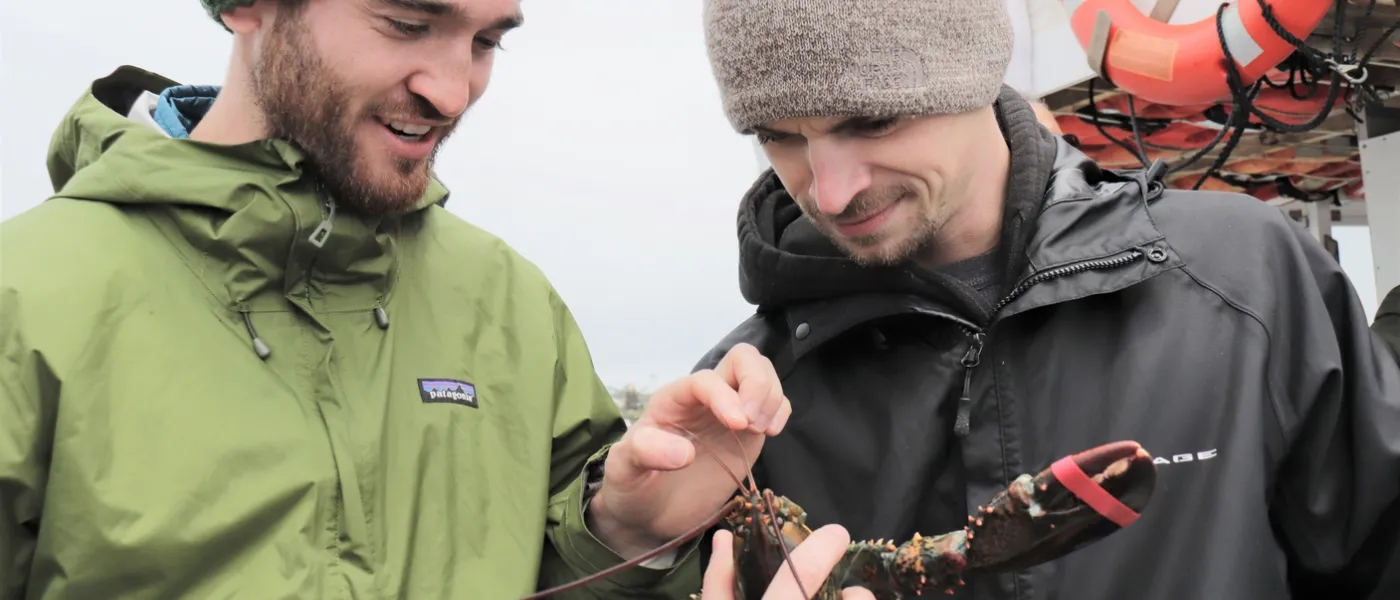
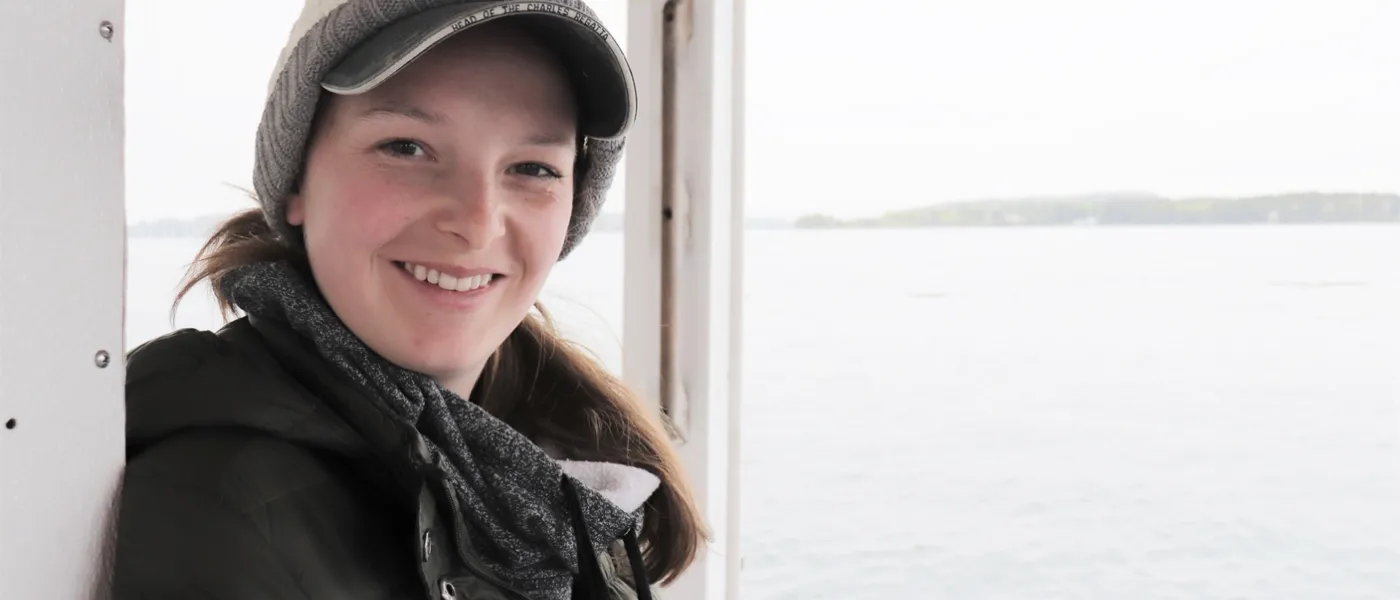
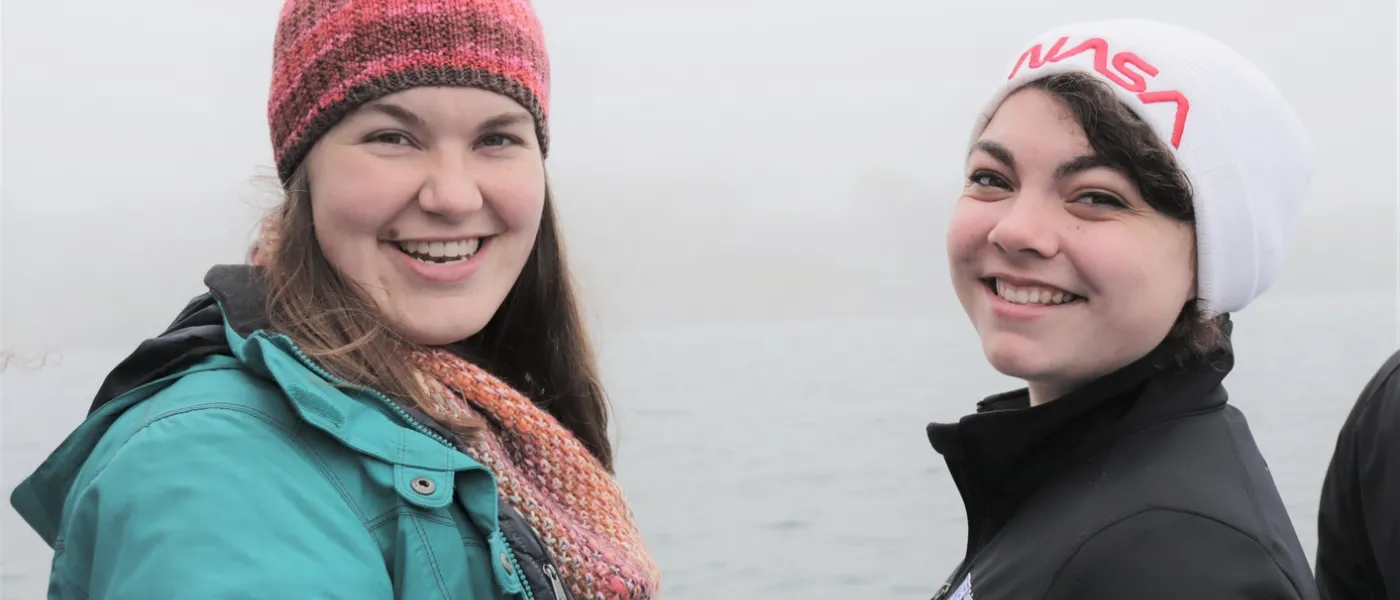
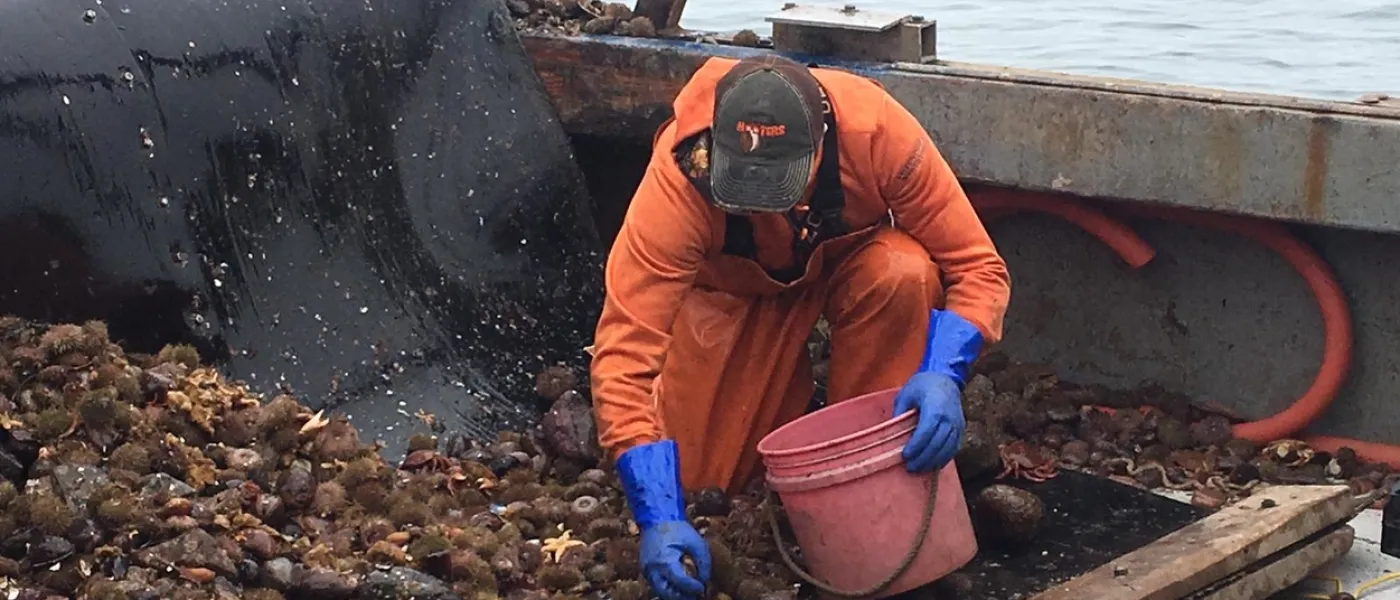
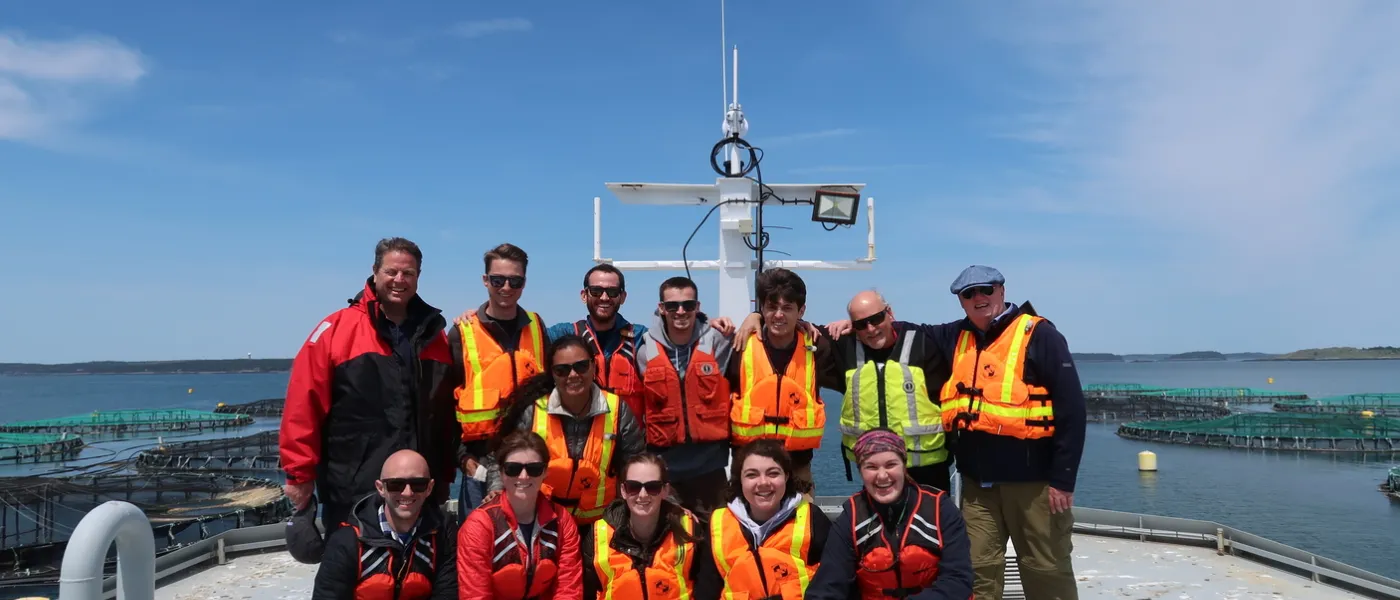

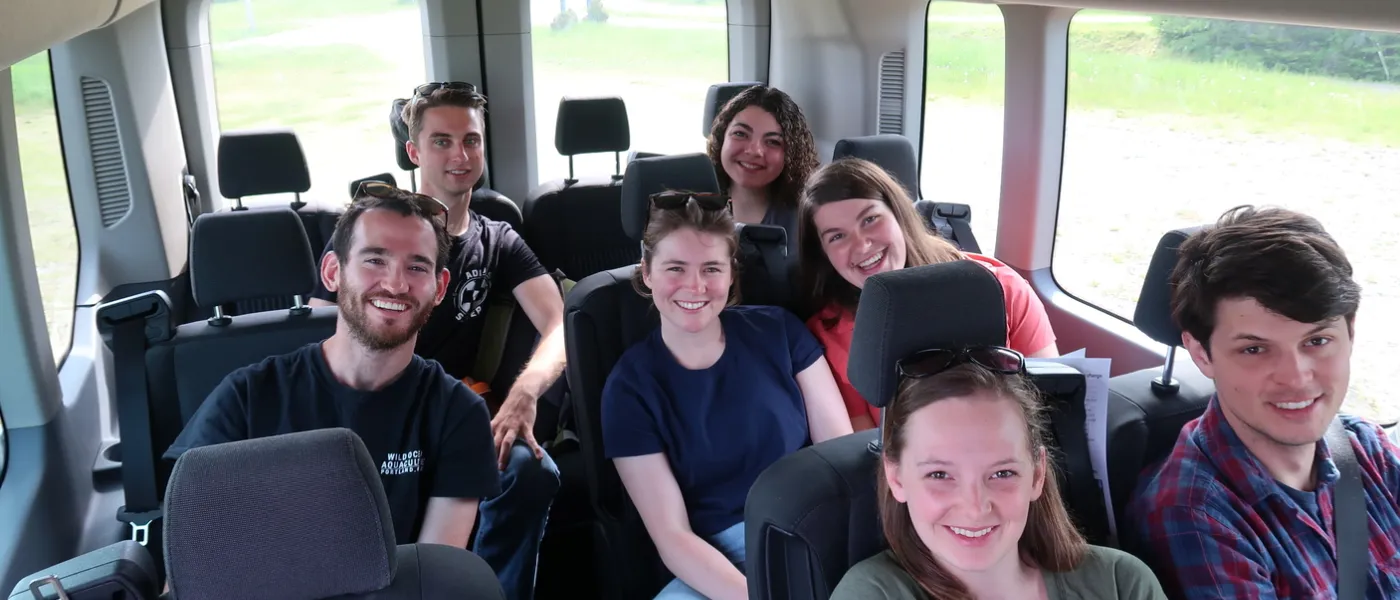
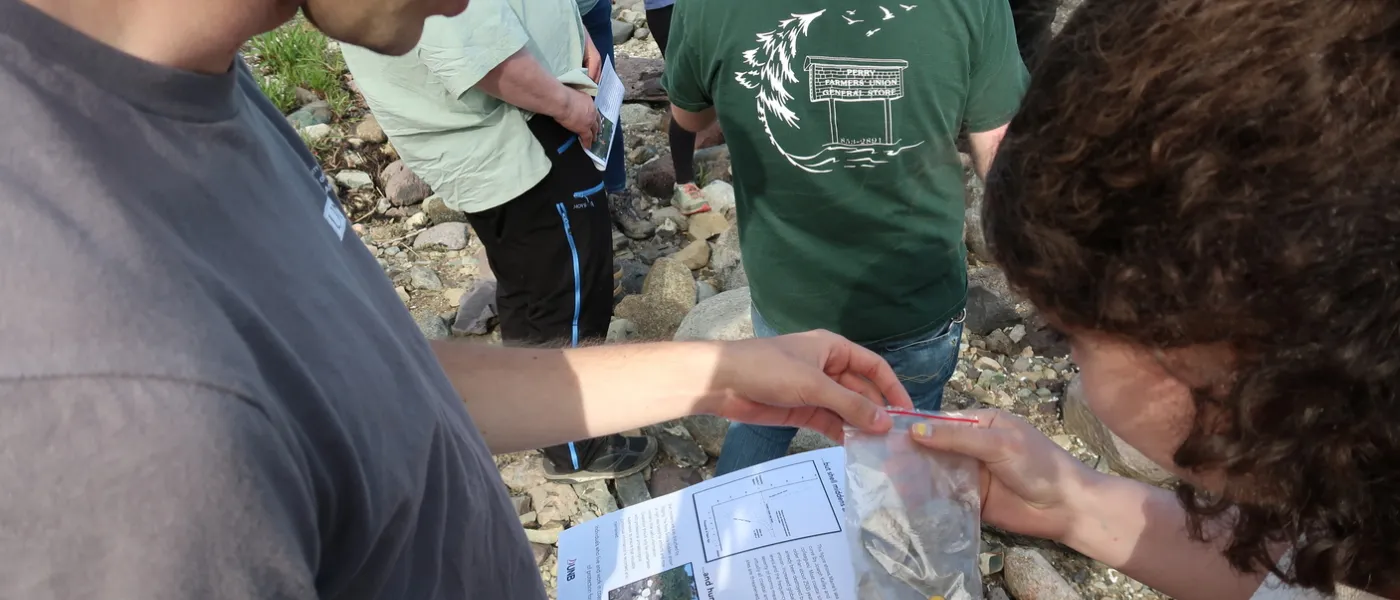
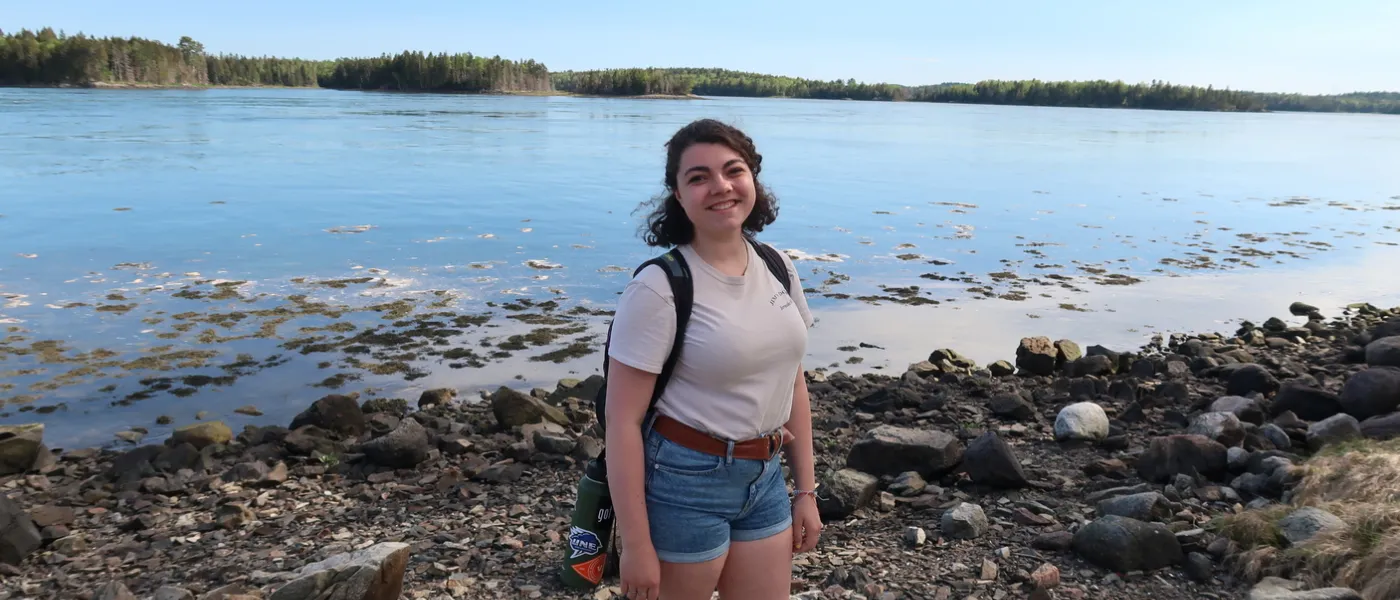
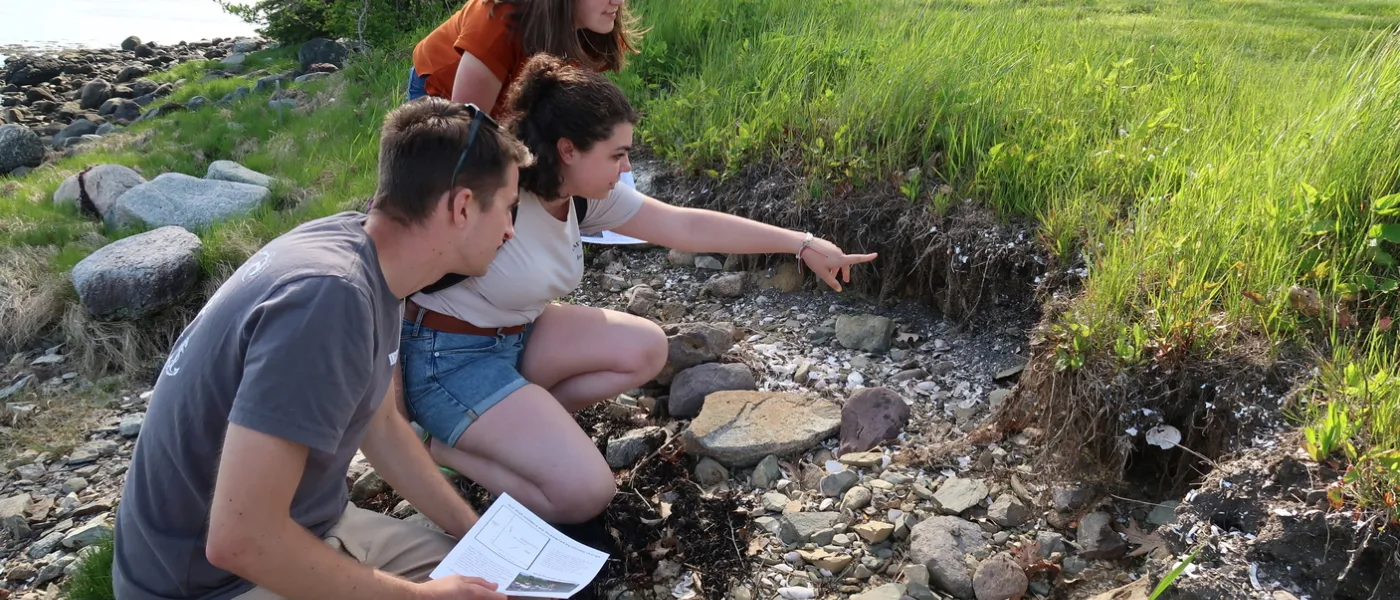
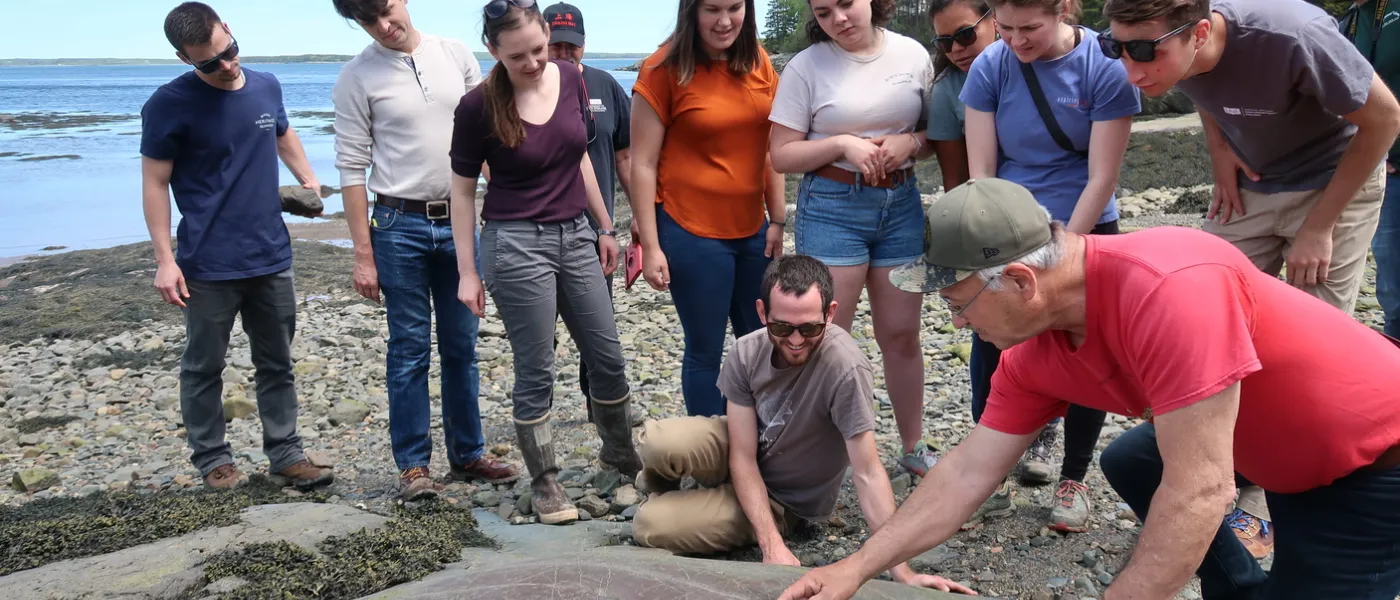
Bonus Photos: Iceland
